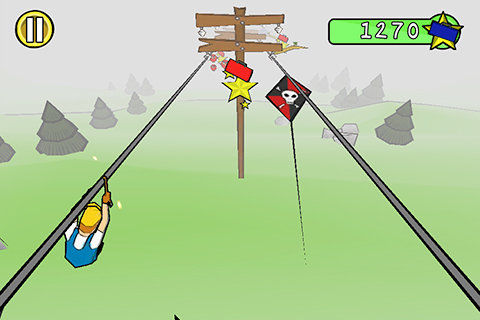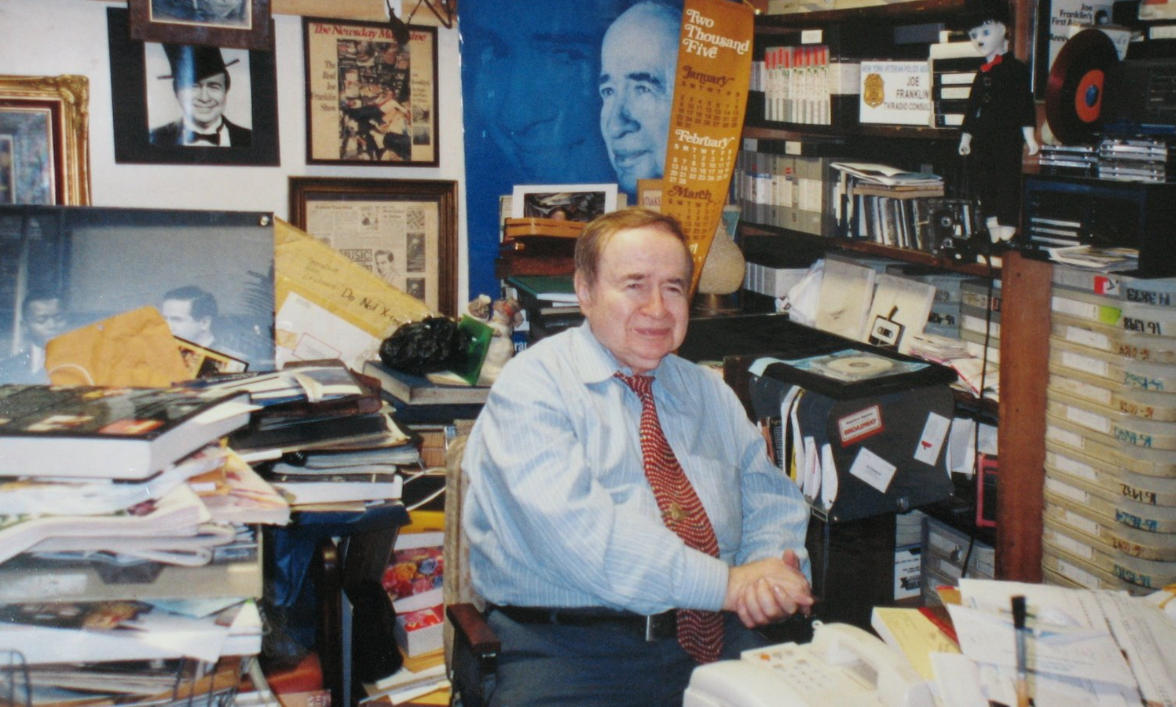

This telegraph is now known as a stock ticker, and was widely used in large cities for exchange quotations.

After developing a system which tracked and printed the prices of gold and stocks, Pope partnered with Thomas Edison in 1869, forming the company Pope, Edison & Company Electrical Engineers, and invented a one-wire telegraph in 1870. The project was aborted shortly after the 1866 landing of the transatlantic cable in Heart’s Content, Newfoundland, effectively rendering Pope’s Bering Strait route obsolete.įollowing the abandonment of that project, Pope returned to New York and continued to write articles for The Telegrapher, and served as its editor from 1867-1868. This proposed line would have stretched from San Francisco to Moscow, traversing territory through British Columbia, Alaska, going over the Bering Strait and into Siberia. In this position, Pope, under the guidance of Edward Conway, had surveyed parts of British Columbia, including the first explorations of the land lying between the Skeena, Stickeen and Yukon rivers for the preliminary stages of laying the Collins Overland Telegraph Line. In 1864, the Western Union Russian Extension Company had appointed Pope to assistant engineer and chief of the geological department. After the National Telegraphic Union was formed in 1863, Pope was appointed as the Secretary of the New York district, and using the pseudonym of “Elektron,” he was the first contributor to its publication, The Telegrapher. When the company’s telegraph lines were damaged during the draft riots of 1863, Pope personally repaired the lines with his own hands. Rejoining the electrical engineering field in 1862, he was made assistant engineer of the American Telegraph Company in New York. His first job was as a telegraph operator in Great Barrington in 1857, which he held until 1859, when he relocated to New York City to work in the drafting department of Scientific American.
Joe cable franklin university professional#
Shortly after graduating from the academy in Amherst, Mass., Pope started his professional life at the age of seventeen. His lineage can be traced back to Thomas Pope, one of the first Pilgrims who had arrived at Plymouth in 1632. Pope was born in Great Barrington, Massachusetts, on 2 December 1840 to Ebenezer Pope, Jr. His inventions, patents and professional involvement were all extremely influential to the electrical engineering profession Pope was a charter member of the AIEE along with such notable members as Thomas Edison, Nikola Tesla and Elihu Thomson, and served as the Institute’s second president during the 1886-1887 term. Pope was president of the AIEE from 1886 to 1887.įranklin Leonard Pope was one of America’s first practicing electrical engineers, and made many significant developments to telegraph engineering. This article was initially published in Today's Engineer on December 2010


 0 kommentar(er)
0 kommentar(er)
